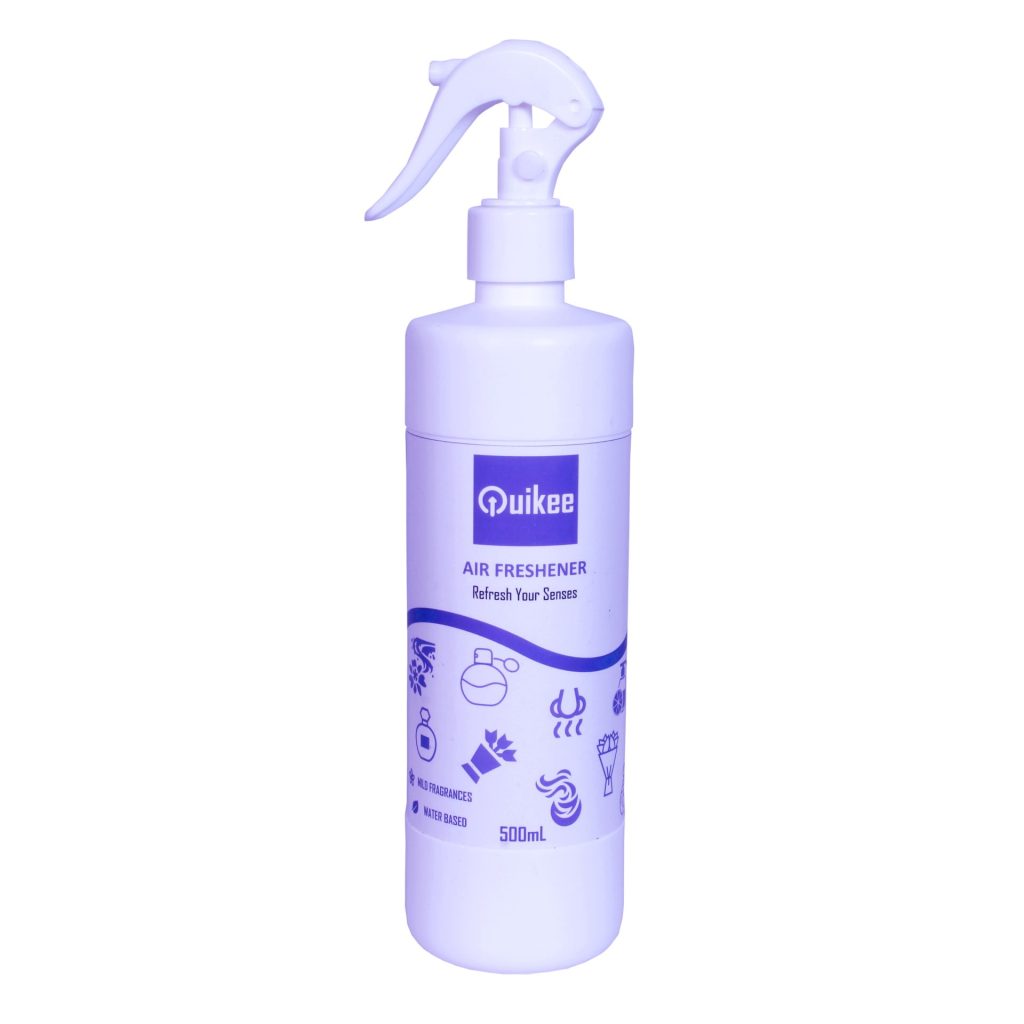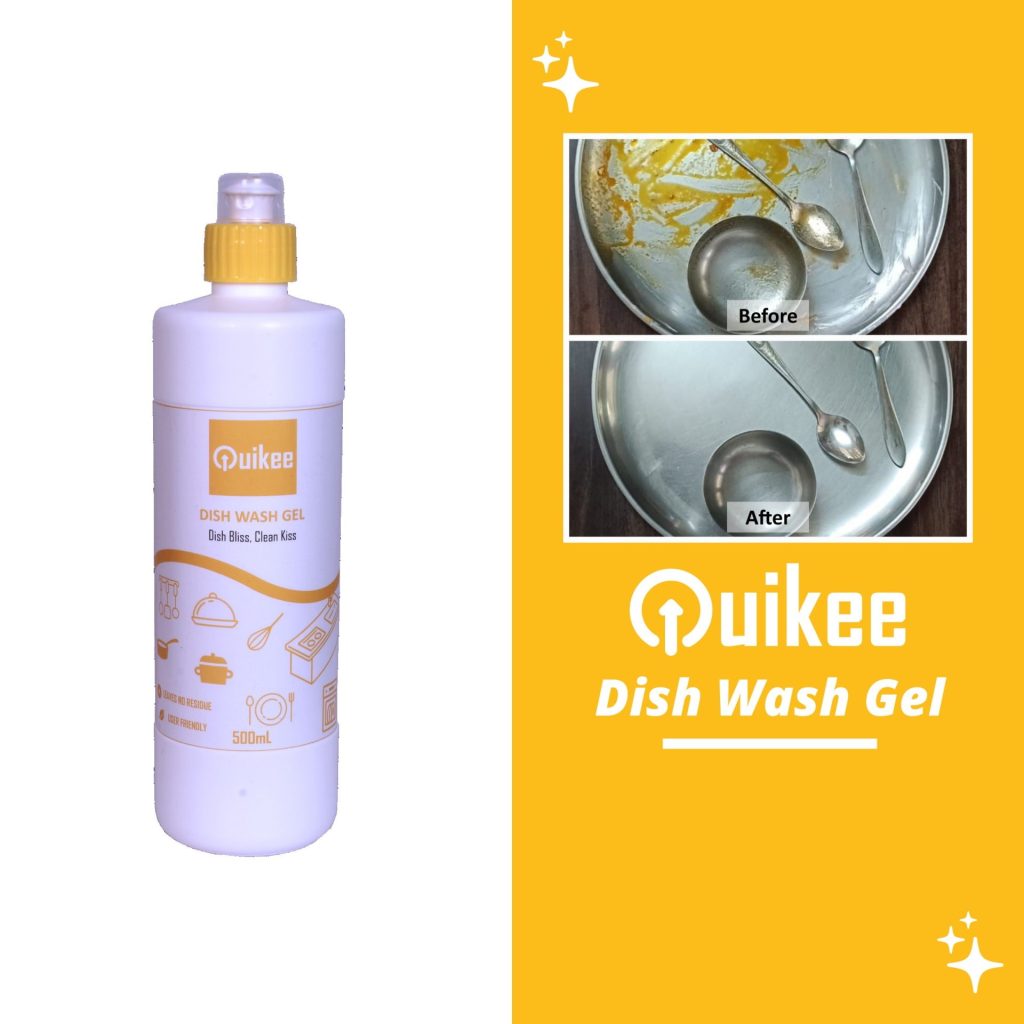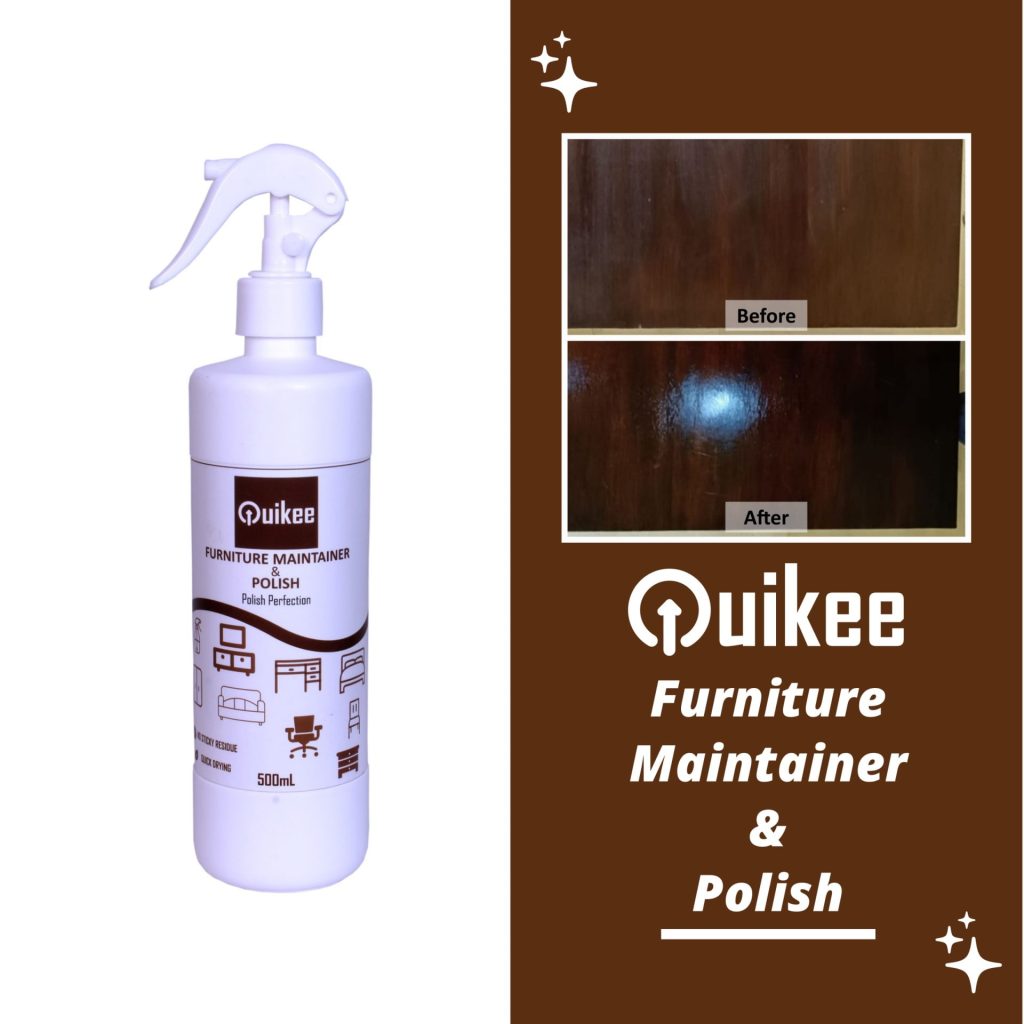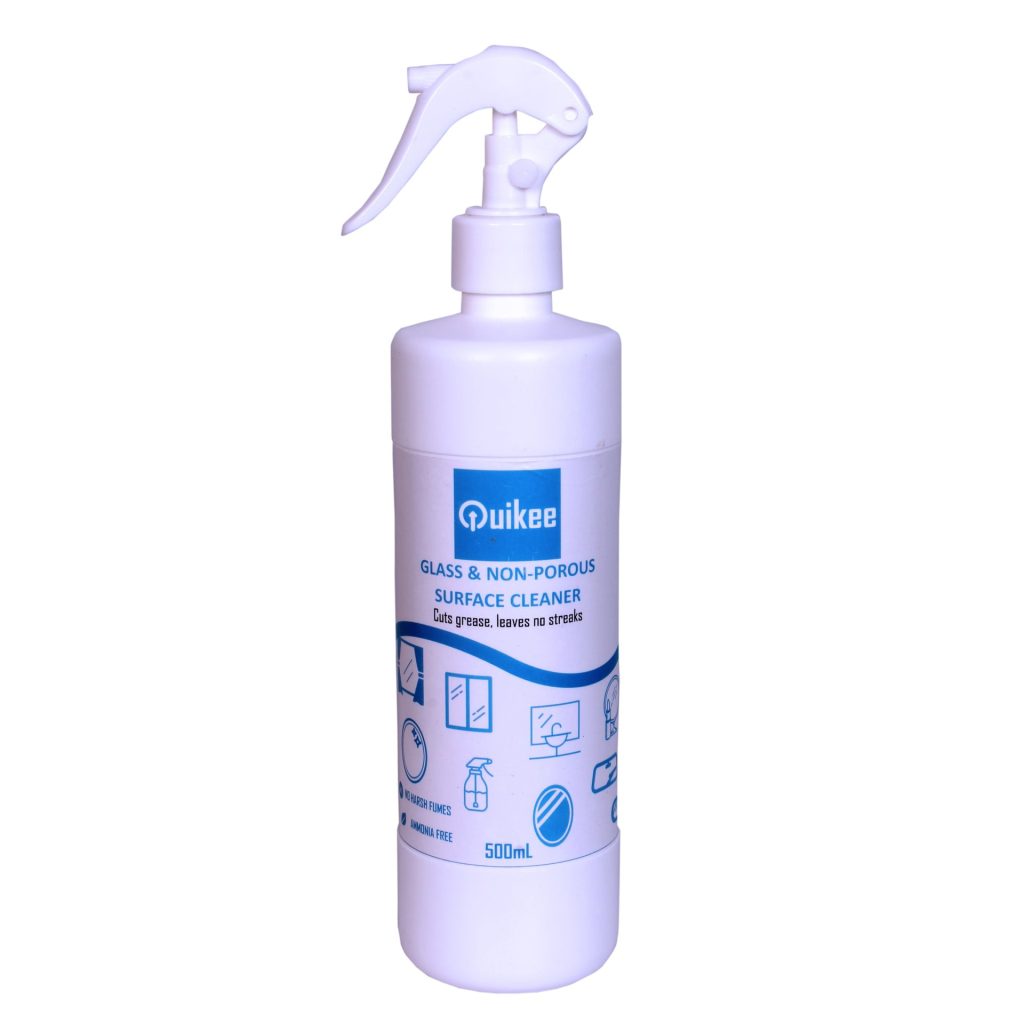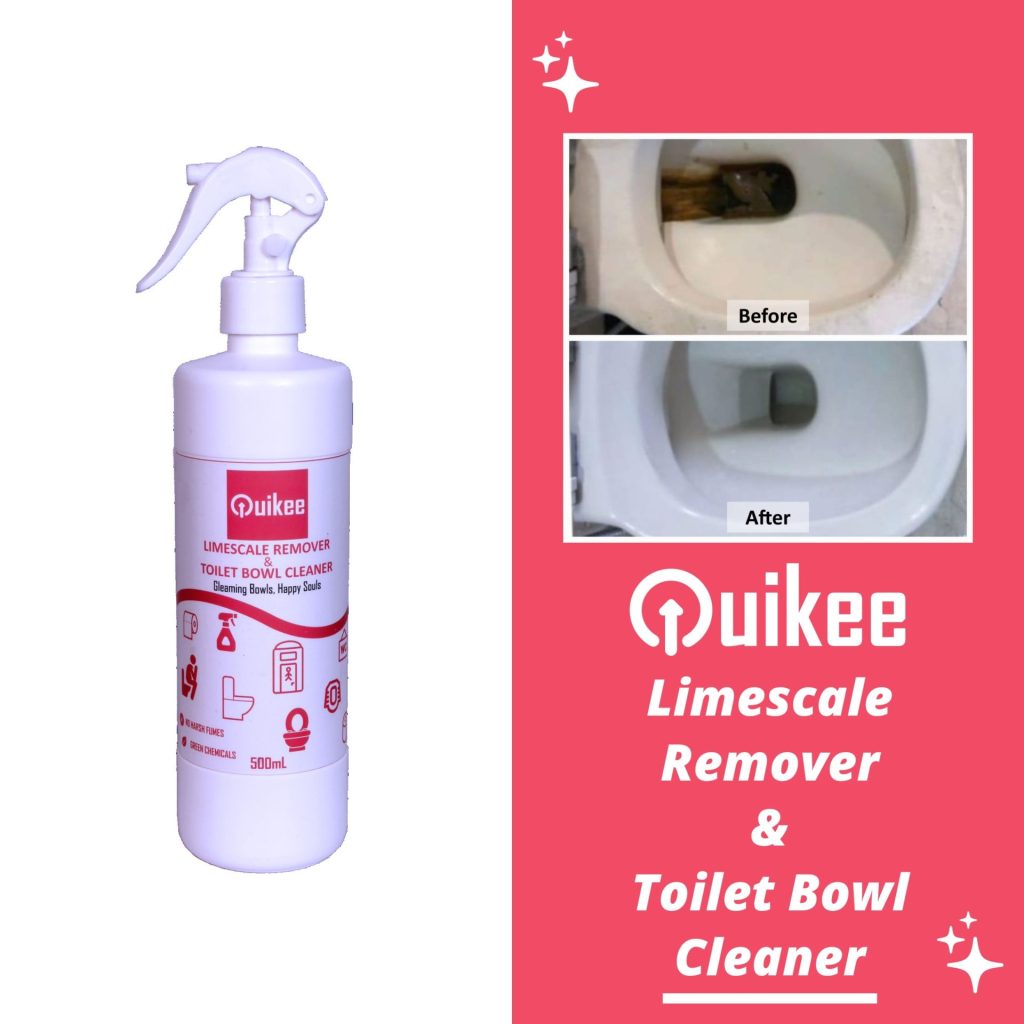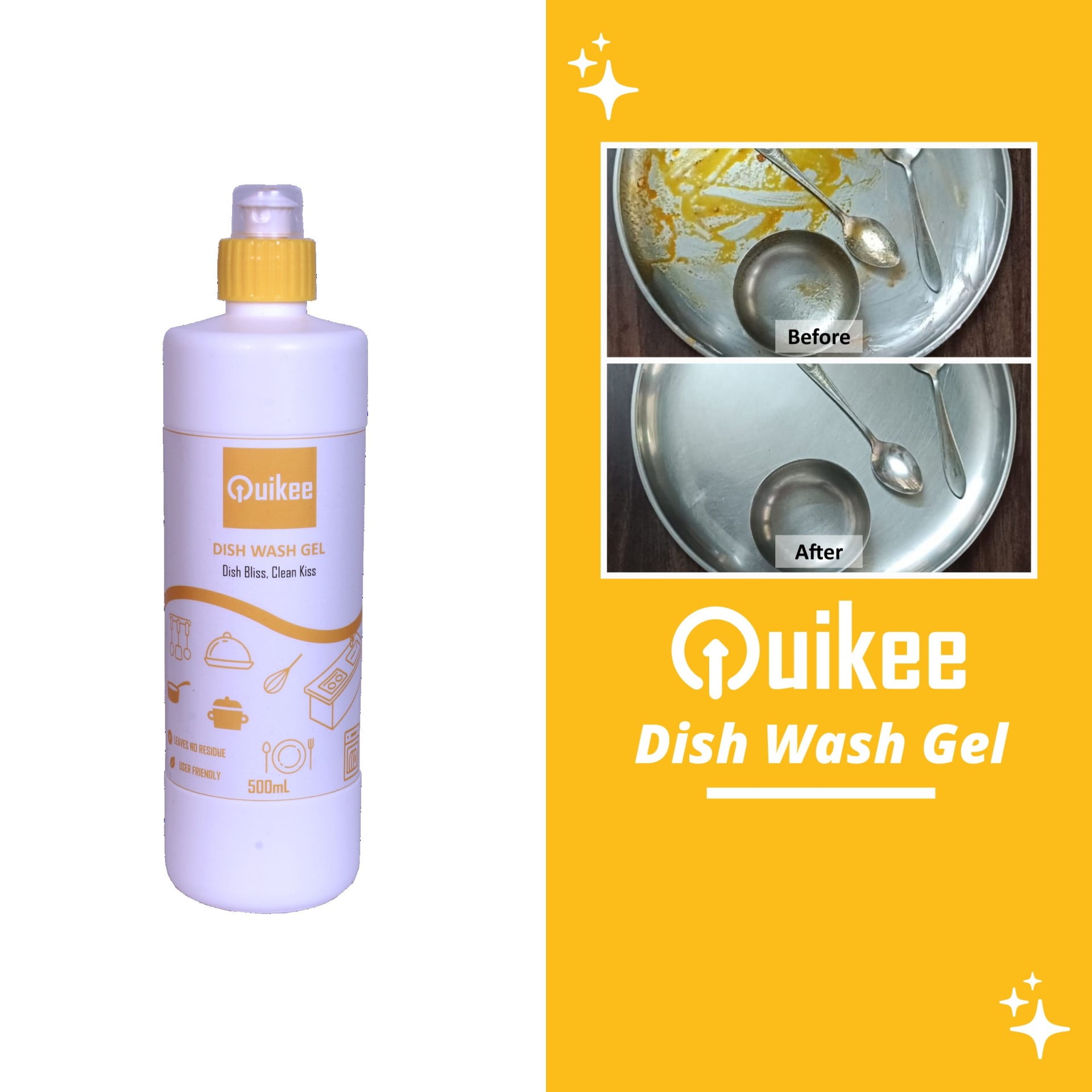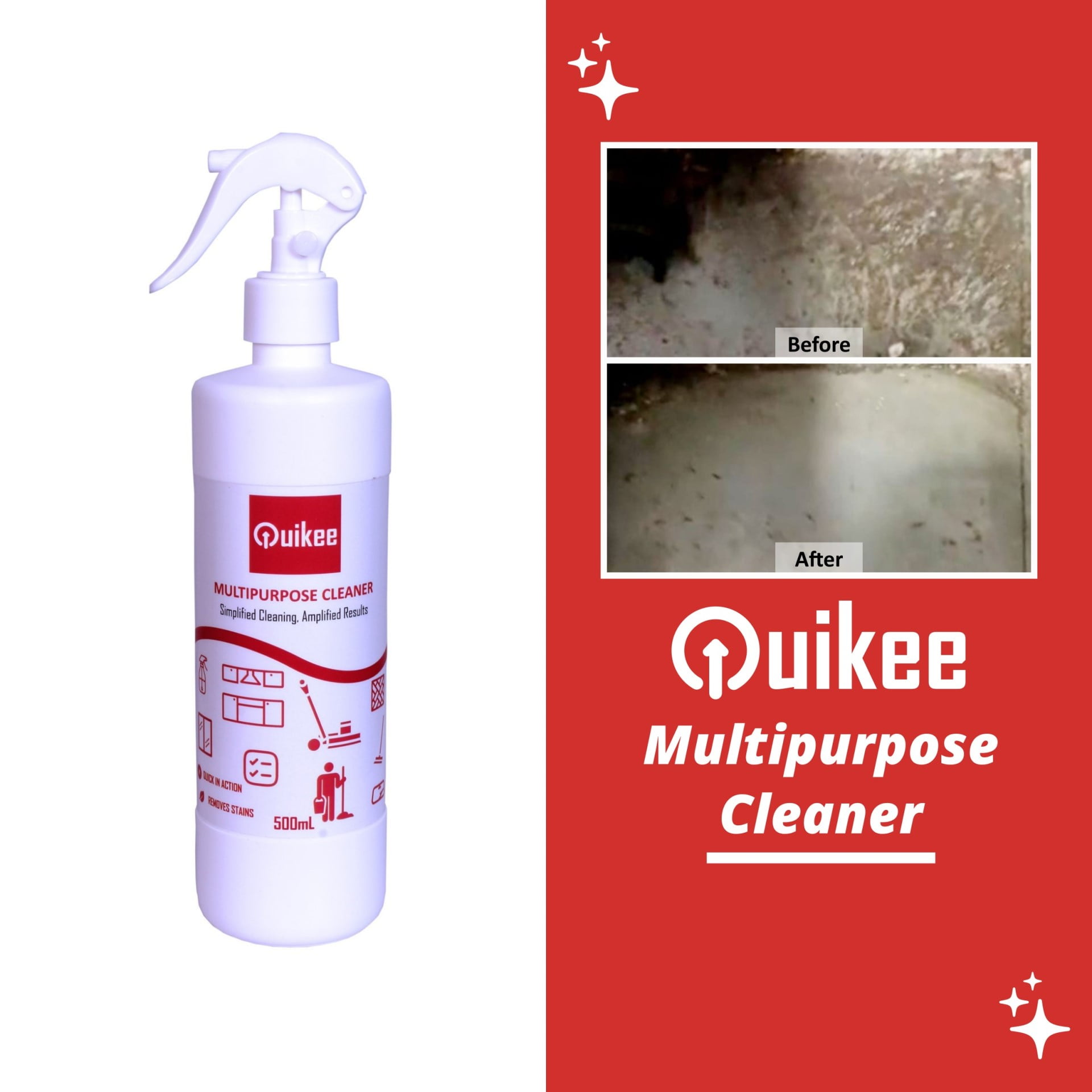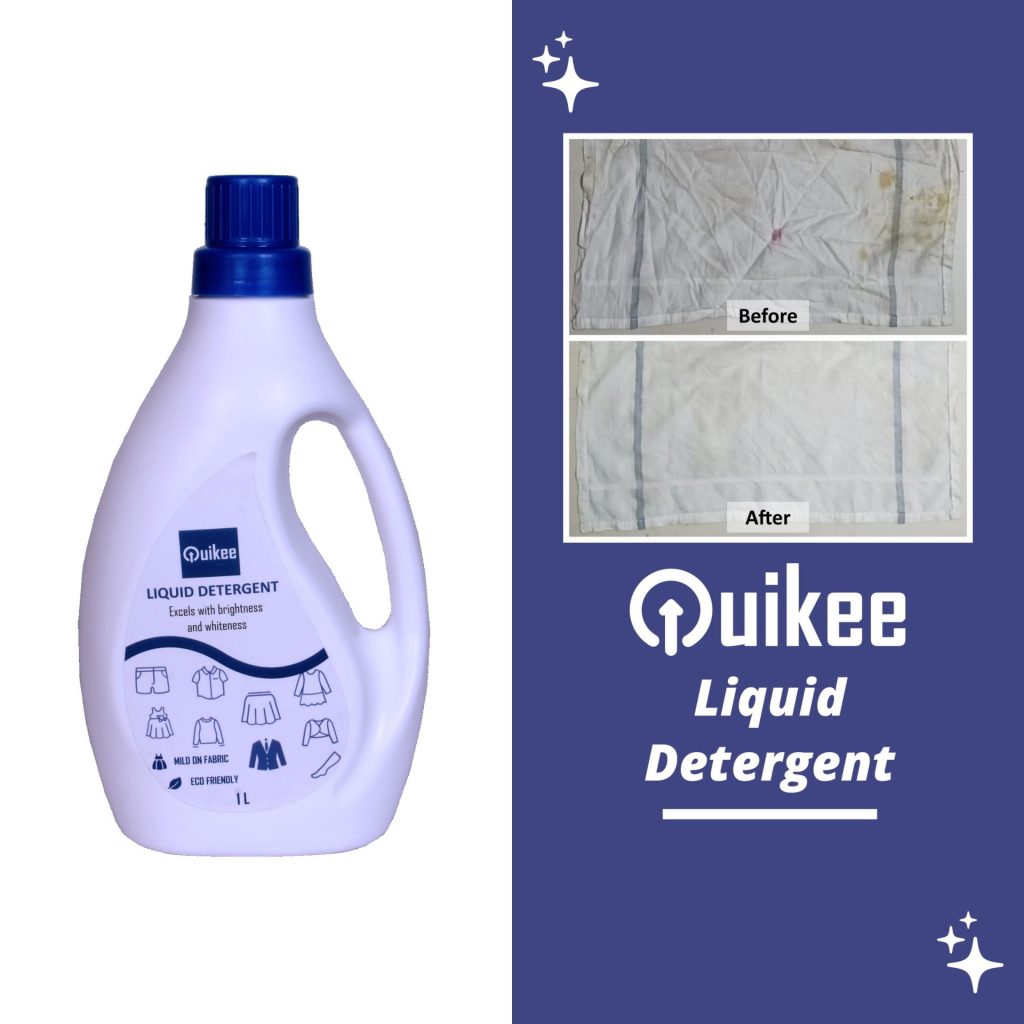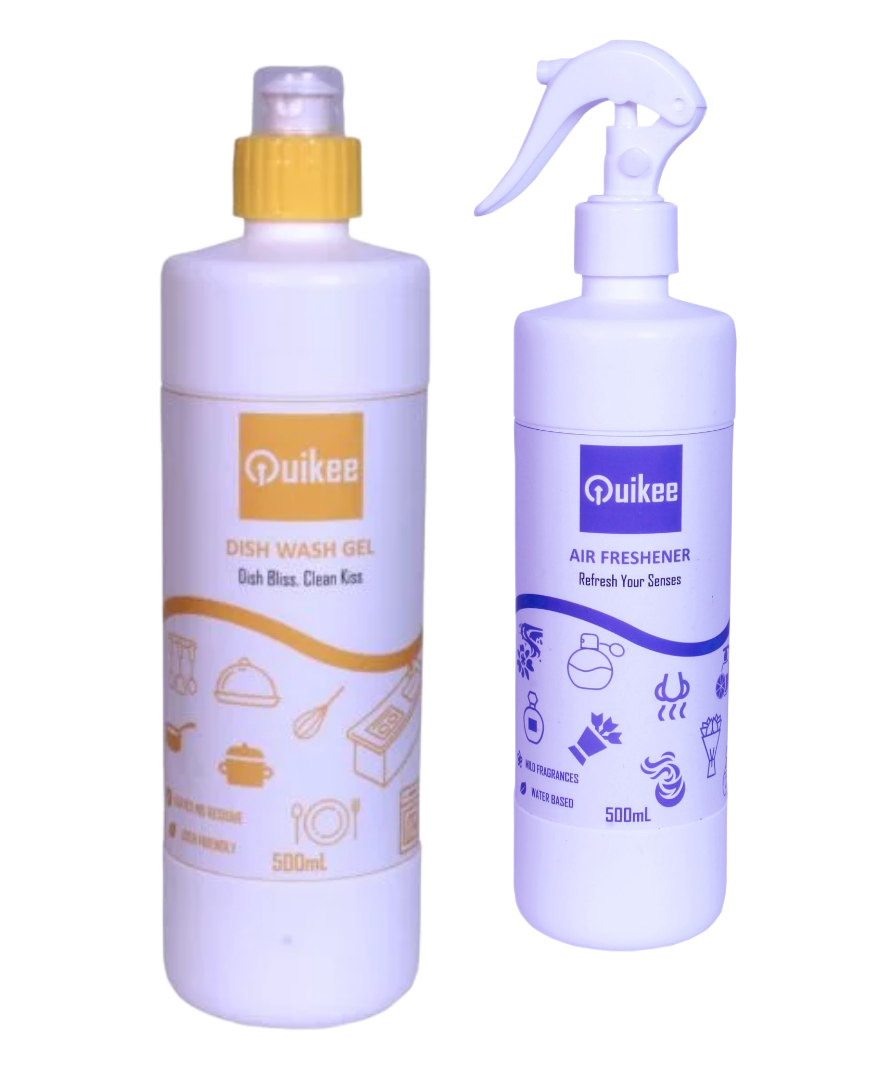Stay organized with expert cleaning tips for a hygienic cooking environment.
Introduction to kitchen cleanliness
Kitchen cleanliness and hygiene is essential for maintaining the health and well-being of your family. However, keeping your kitchen spotless can sometimes feel like a daunting task. In this blog post, we’ll share expert tips and strategies to simplify kitchen cleanliness and create a hygienic cooking environment that promotes food safety and overall health.
1. Start with Clear Countertops for kitchen cleanliness
The first point in kitchen cleanliness is clear countertops. They are the foundation of a clean and organized kitchen. Keep surfaces clutter-free by storing small appliances and kitchen tools in cabinets or drawers when not in use. Wipe down countertops regularly to remove crumbs, spills, and food residue that can attract pests and bacteria.
2. Maintain a Clean Sink
Your kitchen sink can harbor harmful bacteria if not cleaned regularly. Wash dishes promptly after use, and sanitize the sink basin and faucet handles daily. Consider installing a garbage disposal to prevent food waste buildup and keep drains clear and odor-free.
3. Sanitize Food Preparation Surfaces
Food preparation surfaces, such as cutting boards and countertops, should be sanitized before and after each use to prevent cross-contamination. Use hot, soapy water to clean surfaces, followed by a solution of bleach and water or a commercial kitchen sanitizer to kill bacteria and viruses effectively.
4. Practice Proper Food Storage
Proper food storage is crucial for maintaining food safety and preventing spoilage. Store perishable items, such as meat, poultry, and dairy products, in the refrigerator at or below 40°F (4°C). Use airtight containers to store leftovers and pantry staples to prevent contamination and extend shelf life.
5. Regularly Clean Kitchen Appliances
Kitchen appliances, such as ovens, microwaves, and refrigerators, should be cleaned regularly to remove food residue and prevent odors. Follow manufacturer instructions for cleaning and maintenance to ensure optimal performance and food safety.
6. Dispose of Food Waste Properly
Dispose of food waste promptly to prevent odors and discourage pests. Use airtight containers or compost bins to store food scraps until they can be disposed of properly. Regularly clean garbage cans and recycling bins to prevent bacterial growth and unpleasant odors.
7. Implement a Daily Cleaning Routine
Develop a daily cleaning routine to keep your kitchen clean and hygienic. Tasks such as sweeping floors, wiping down surfaces, and emptying the dishwasher should be completed daily to maintain a tidy and welcoming cooking environment.
Conclusion
By following these expert tips for kitchen cleanliness, you can simplify the process of maintaining a hygienic cooking environment and promote food safety in your home. Remember to prioritize regular cleaning and sanitation to ensure that your kitchen remains a healthy and inviting space for cooking and dining.
Keywords:
- Kitchen cleanliness
- Hygienic cooking environment
- Food safety
- Kitchen sanitation
- Expert tips
Tags: Expert tips, Food safety, Hygienic cooking environment, Kitchen cleanliness, Kitchen sanitation.


